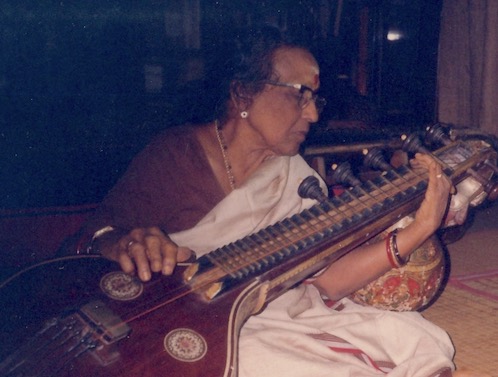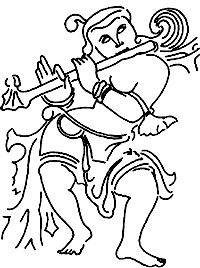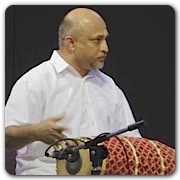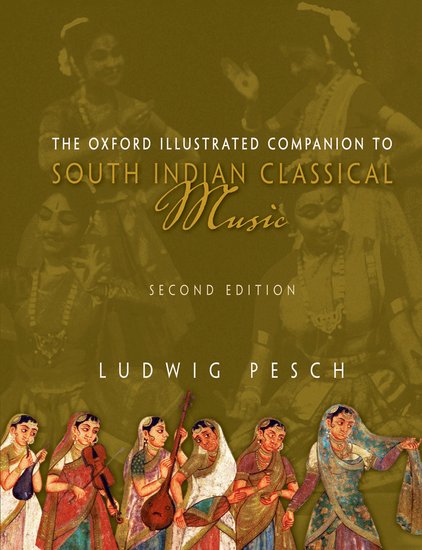Tips
Raga, Tala and Pedagogy: On the First Steps in Carnatic Music by Jeremy Woodruff
The system by which any music is taught is the key to what is preserved, and how, in a musical tradition. I chose to research the basics of instruction in South India,both as an entry point for some practical knowledge on the South Indian flute, and as away of examining basic tenets of karnatic music. Using advanced knowledge of a foreign music without having prior knowledge of its basic pedagogy is a bit like attempting to build a chair without a seat for one’s backside. Only by studying the basic assumptions of the music, may we identify what techniques are useful to us, or not, because only then we carefully consider for what they were originally intended. […]
All melodic instrumental training in karnatic music is focused on reproducing subtleties of vocal performance. As imitating singers was the main way that instrumentalists from the time of ‘the Trinity’ updated, preserved and greatly enriched what is now known as karnatic music, it is natural that it is considered the greatest means to accomplishment in instrumental training. Where schools mainly disagree is on how (and how far) these vocal subtleties should be imitated. […]
Gitas are the first pieces to be learned after the rigorous basic exercises outlined above. The Gita, ‘Sri Gananatha’ is the first of these Gitas to be learned by any student. Maybe it is the ‘Für Elise,’ or ‘Minuet in G’ by Bach of karnatic music. It is therefore a special case, but it can still serve well as a concrete demonstration of how gamakas of a single raga, on a single song can differ radically from teacher to teacher. The gita is given in fig 2.1 in Indian notation.
[Bold typeface added above for emphasis]
Read the full paper A Western composer’s view of early music education in Carnatic music on Academia.edu >>
Information about the persons, items or topics
Learn & practice more





